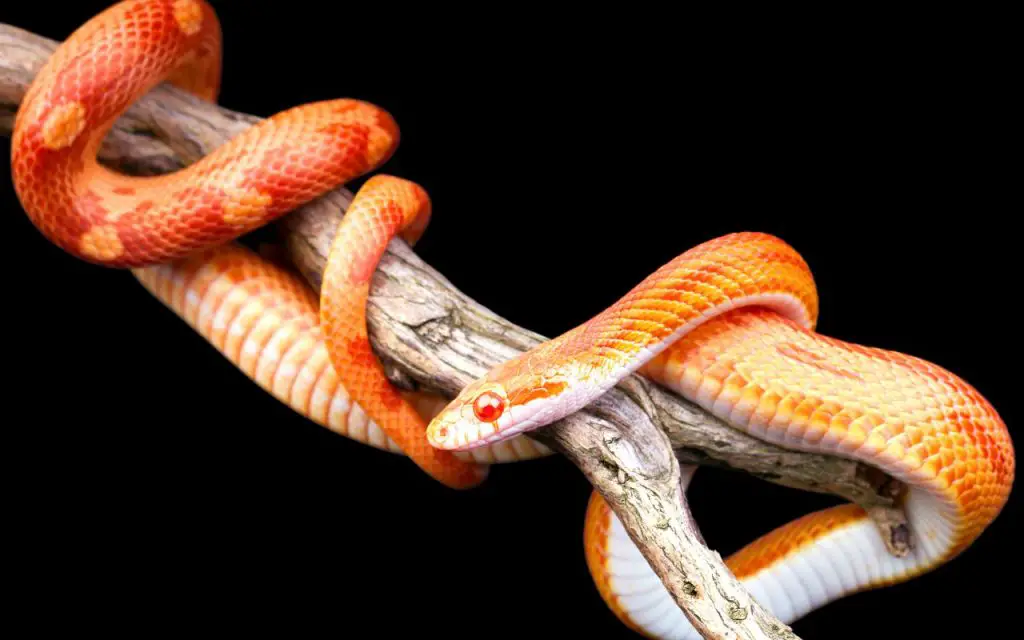How long can a snake live lost in a house? Well, that depends on a few factors. Let’s look at how long your pet might survive, and how to find it…
Last updated on February 1st, 2023 at 09:25 am
How long a snake can survive lost in your house depends the species, temperature of the house, humidity, and food or prey in the house, among other factors. Usually, a pet snake can survive around 4 to 5 weeks if it’s a juvenile, or months to even years if fully grown.
Snakes are great escapists. Their flexible bodies and persistent nature allow them to find even a tiny opening in their enclosures.
Snakes escape from their enclosure for various reasons. It may be for food, water, warmth, a place to sleep, or when they smell a potential mate around them. What is certain is that a pet snake is not safe outside of its enclosure.
You need to find it before its health is affected. In this article, we’ll look at how to find a lost snake, and specific tips on finding common pet species like Corn Snakes.
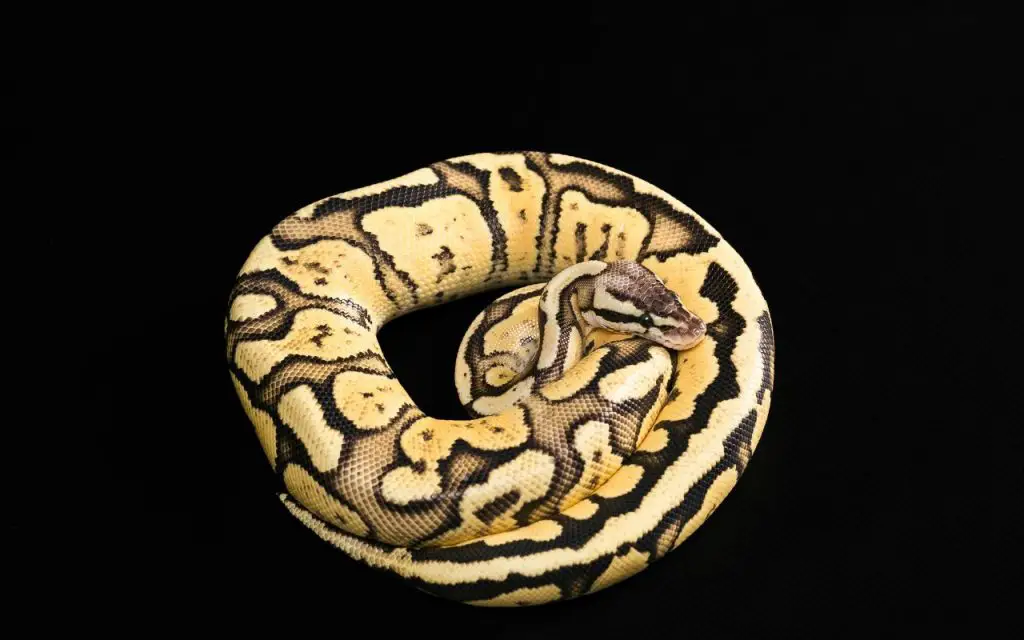
How long can a snake survive without food and water?
Snakes are carnivorous and opportunistic eaters. They will attack any animal or insect around them when hungry.
Small snakes can eat insects while large snakes can have small animals for their meal such as mice, rats, and even other snakes.
Some species of snakes can live for months without a source of water, while other species may need water to hydrate themselves when needed.
Snakes drink water by using the bottom of their mouths like a sponge soaking up water. They get often drink a lot in one go, and get progressively better and going without water as they get larger.
Snakes can generally survive without food and water for long durations. More than food, the supply of water is more important for snakes.
Without food, some fully grown snakes can live for as long as two years. However, without water most snakes can only survive for a couple of months or even a few weeks.
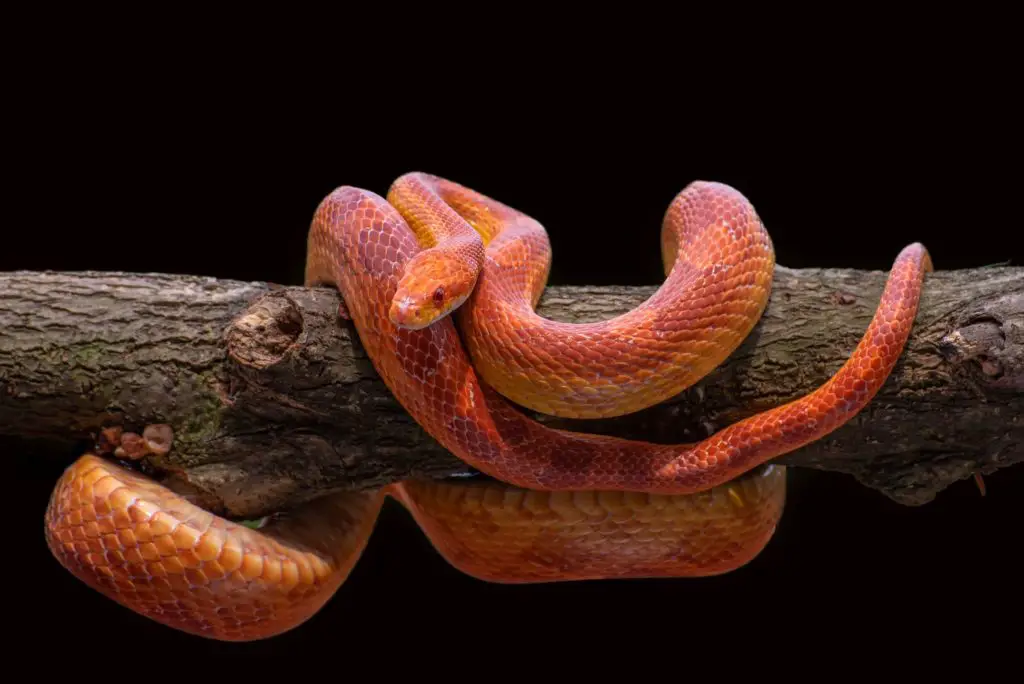
What to do if you lose your snake in your house?
Did you lose your pet snake in your house? Fortunately, you don’t need to panic and rush in your search as snakes can survive for long periods of time without food and water.
While looking for your snake, there are a few things to be mindful of. Such as:
- Do not panic! You do not want to miss on finding the hiding spot of your snake while rushing or panicking.
- If you have your family members or anyone else living with you, let them know about the snake’s escape. This will help you ensure the snake’s safety.
- Be careful while looking for the snake as you move objects to search behind or under them. Don’t squash it by accident!
- Use strategic techniques and traps to lure the snake out of its hiding place.
- Know when to seek help! When you are not able to find the snake for a long duration. Or if it is hiding in a place that is dangerous for you or the snake, call the experts for help.

What will make a snake come out of hiding?
If you have lost your pet snake and house-hunting has led to no results, you can use the following methods to lure your snake out of hiding:
- Flour on the Floor technique: This may be one of the easiest methods for finding a snake. Pour a visible layer of flour on the floor. If your snake moves accross it during the night, it will leave a trail showing where it went.
- Create a Warm Environment in one room: Snakes love warm places for them to sleep or burrow. They need warmth to survive as they are ectothermic. In all honesty, I haven’t had success with this method before – but the logic is sound. You can lower the temperature in the whole house except one room. This will force the snake to come out and move toward the warmer room. Keep the windows and doors closed once the snake enters the warm room. Put it back safely in the enclosure and tightly shut all gaps.
- Become nocturnal: This one sounds a little ridiculous, but if you can’t find your snake then you should pull out all the stops. If you have lost a nocturnal snake like a Corn Snake or Milk Snake, then try looking for it when it will naturally be active. Set your alarm for 1, 2 or even 4AM and have a look around the house, especially in the room the snake escaped in. I’ve done this before and literally found the fugitive out in the middle of the floor.
Where would my snake hide in my house?
Snakes thrive well in warm and dark places, and also where there is high humidity. You can find similar places in your house to find your lost pet snake.
A few such places can include:
1) Dark Places:
As most pet snakes are nocturnal and love dark places, you can find them in behind or under things. These may include beneath the furniture, under the pieces of house decor, and under other huge items in the house.
At times, snakes can even find a place inside the walls of the rooms through cracks or holes. You should check the walls of your house for any such places.
A toilet bowl is another common place for a snake to hide. It is better to check the toilet bowl before use, especially at night.
2) House Ceiling:
Snakes can climb and fit in the tiniest places of a house. If your house has an attic or a basement, do check these places as the things stored there can provide warmth to them.
Some species are more likely than others to go up. For example, Rat Snakes and Corn Snakes (Pantherophis species) are mostly semi-arboreal or arboreal and are extremely good at climbing.
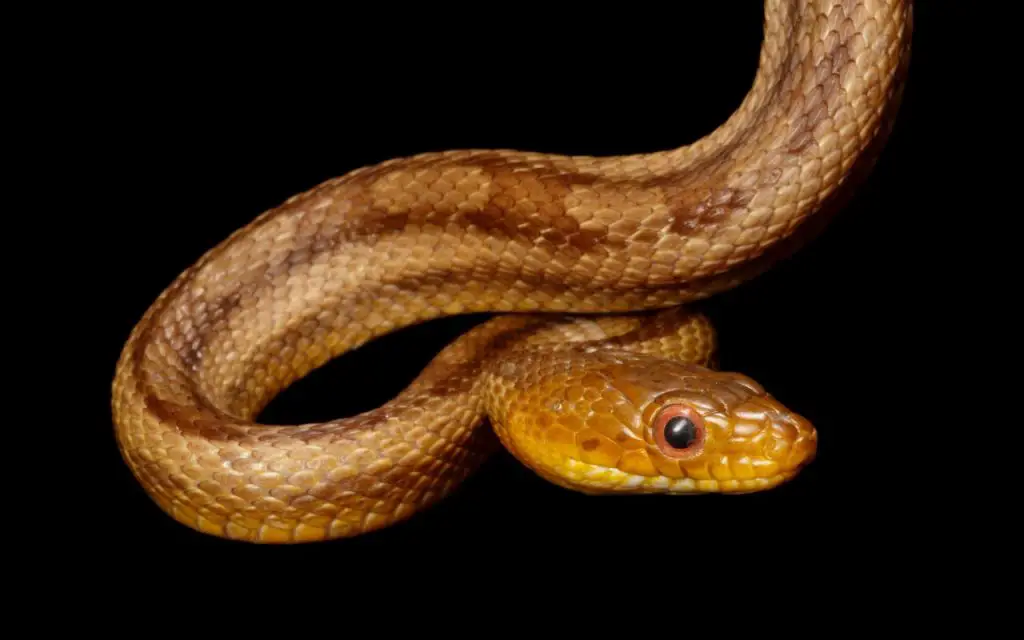
3) Heat Sources:
Kitchens are the most common places to be warm in a house. It is better to check all the drawers and cabinets of the kitchen, and also beneath all the appliances for your lost snake.
Other than escaping, snakes love to burrow and stay in such places. For this, you can check your pile of heaped clothes for laundry and also your cupboards to find a snake burrowing among these piles of clothes. On one occasion, I found a baby Ball Python in a cupboard crawling over my pots and pans.
Naming a few other places in your house where you can check:
- Water pipes
- Septic tanks
- Air ducts
- Curtain rods
- Fireplaces
- Under the bed or bookcases
- Around warm appliances such as computers, refrigerators, furnaces, etc.
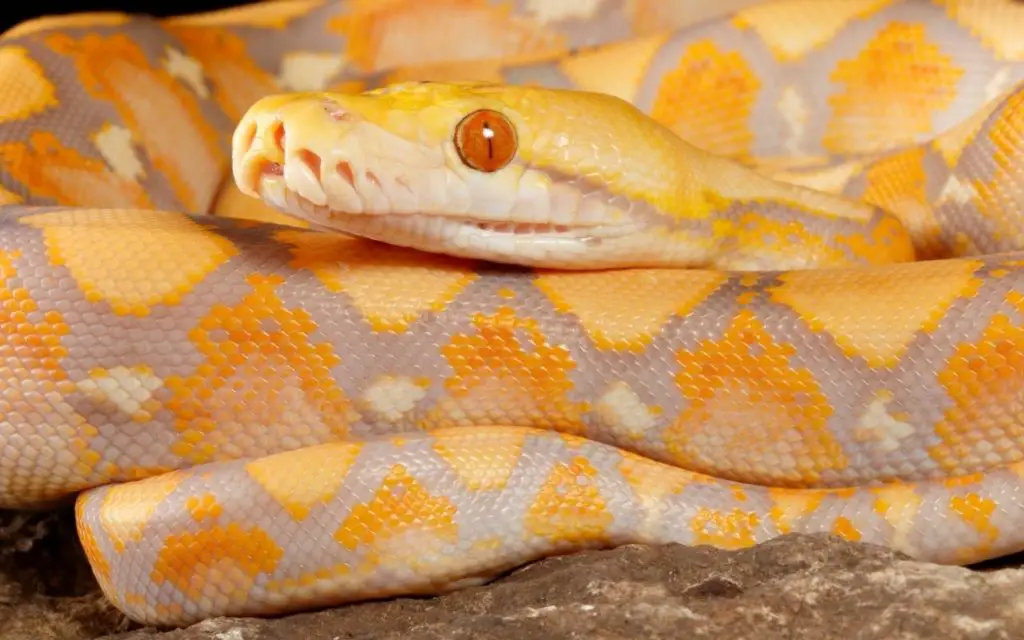
How long can a Ball Python live lost in a house?
Ball Pythons can survive lost in a house for a very long period of time. Maybe over a year too. This is mainly because they are stocky, and naturally great at fasting.
These snakes can even live a month without water. They just need to find a few drops of water to keep themselves hydrated and they can last much longer.
Starvation poses a much lower danger to a Ball Python than dehydration. So, these snakes need water more than food to survive while lost in a house.
Often Ball Pythons are quite lazy snakes that don’t go far when they escape. You can see a good example of this in my article How to find an escaped Ball Python, where I intentionally let one of mine “escape”.
Nonetheless, some Ball Pythons still try to escape on a regular basis. If they do, it may be a sign they are stressed or something else is going on. As luck would have it, I’ve written another article on this particular subject: Why is my Ball Python trying to escape?
How long can a Corn Snake live lost in a house?
The length of time for which a Corn Snake can live lost in a house depends on several factors, one of them being age. Older and more experienced snakes have better chances at survival than newly hatched or baby Corn Snakes.
They also have more fat reserves and take longer to suffer from dehydration. This means a lost adult Corn Snake can live in a house for a year or more if it can get just a few drops of water here and there.
However, it is difficult for young Corn Snakes to thrive for a long duration. They may make it for only a month or two if not found in the house.
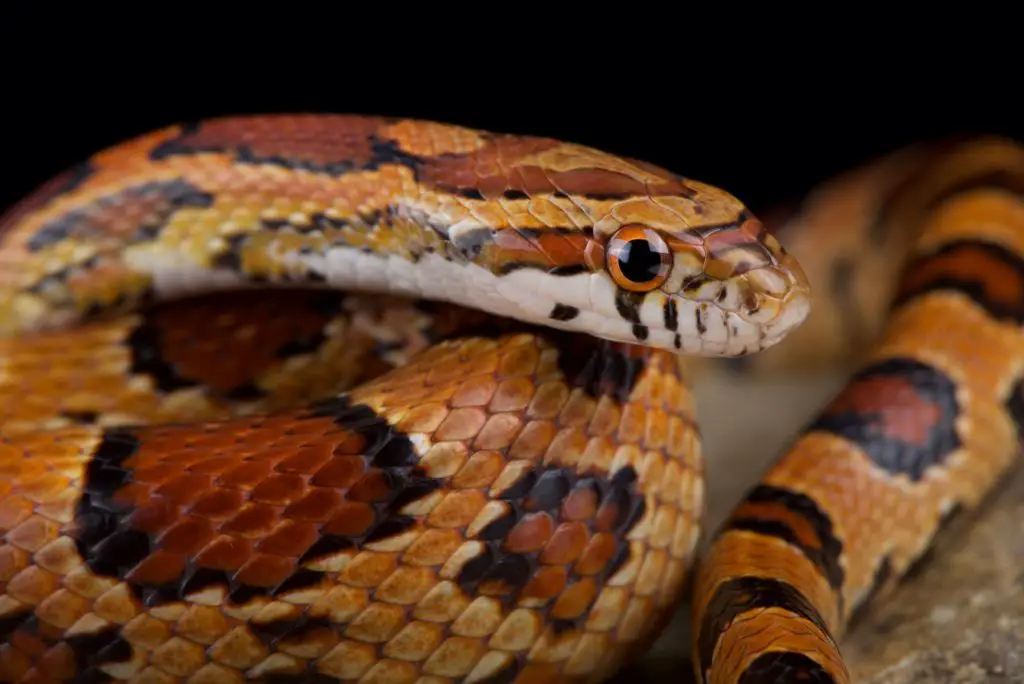
How long can a baby Corn Snake survive after escaping?
A newly born Corn Snake or young snake might not be able to survive for long after escaping. If they are able to find water they will survive for a month or so.
Because baby snakes are growing so fast, they use up fat reserves quickly, so without food they probably won’t survive for much longer than two months even with a water source.
How long can a Corn Snake be cold before it dies?
Snakes are cold-blooded animals and they need warm temperatures and conditions to survive. If a snake is left too long in the cold, it may not survive due to various reasons.
Snakes can develop respiratory infections and hypothermia when they get cold. They can even regurgitate their meal or continuously vomit.
They can become low on energy and become lethargic. They will need proper medical intervention to survive, or else they may die if left for too long in the cold.
If the temperature falls lower than 75 F, they may hardly survive two days as their bodily functions shut down. It varies from snake to snake, but a baby Corn may die after being too cold for as little as a few days.
Adults are more resistant to cold, but even they may die within days if exposed to very low temperatures, i.e. below 40F.

Can snakes climb walls?
Snakes make great escapists as they have flexible bodies that can fit in the tiniest of places. Along with this, snakes are excellent climbers. This ability to climb trees and rocks helps them hunt for food and survive in the wild.
However, snakes can not climb all kinds of walls. The ability to climb walls also depends on the species as not all snakes can climb.
Snakes usually need grooves or ridges in a wall to climb. They can wedge their bodies into these grooves or gaps.
For example, the grooves between two bricks in a brick wall or walls that are rough allow the snakes to climb. Snakes use their core muscle strength to climb.
Although, climbing on smooth walls that are well-plastered is difficult for snakes. They do not have the capability to suction themselves to the wall as do lizards and other insects.
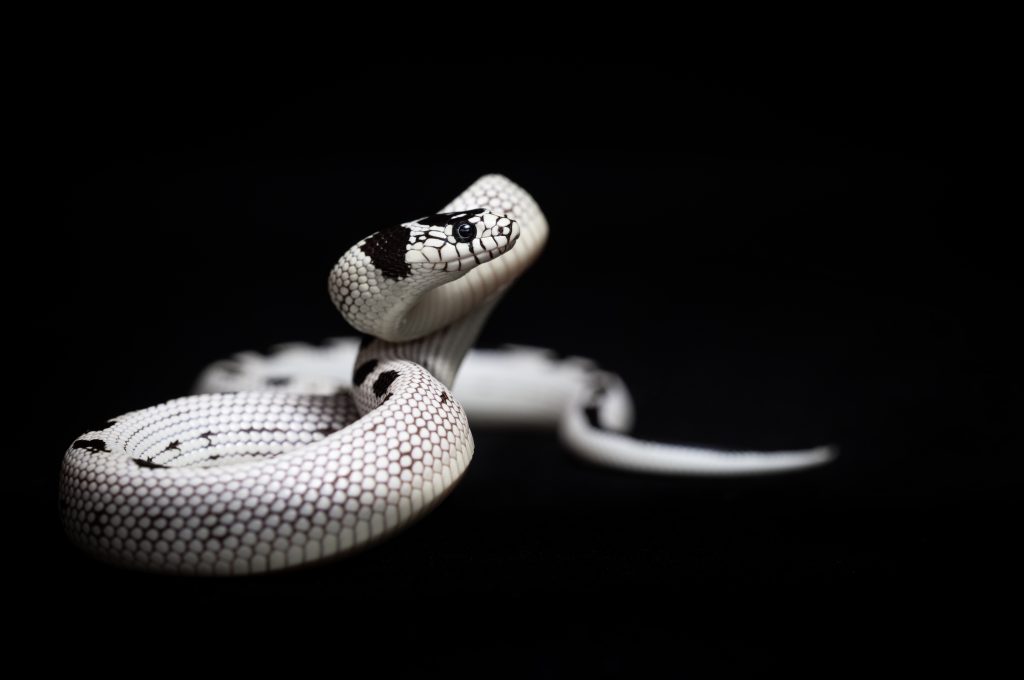
FAQ relating to ‘How long can a snake live lost in a house?’
If you lose your pet snake in your house, do not panic. Fortunately, snakes can survive for a long period of time without food or water.
Can a snake escape its cage?
Snakes are known to be masters in escaping. Their flexible bodies allow them to pass through the tiniest of places.
If the head of a snake can fit through a place, it can easily pass through or coil itself up to hide in tiny places.
Their persistent nature grows even more if they smell their prey or a potential mate and they will escape their cage unless the top is 100% secure at all times.
How to lure a snake out of hiding in your house?
Once a snake is lost in your house, it can get quite challenging to lure them out of their hiding place.
There are many methods that can help to lure a snake back into its enclosure. Such as using flour as a trail as snakes leave a trail when they slither on the flour.
You can also create one place in your house where it is much warmer than the other rooms or places. The snake will come to this warm place rather than stay in a cold environment.
Where do snakes like to hide in a house?
Snakes love places that are warm and dark. If your snake is lost you will usually find them resting at a place that gives them warmth.
A few such places to hide include:
- the underside of huge furniture or electrical appliances
- inside the walls
- under a pile of clothes
- in a toilet bowl
- in an attic or basement,
- fireplaces,
- and cupboards among other places.

